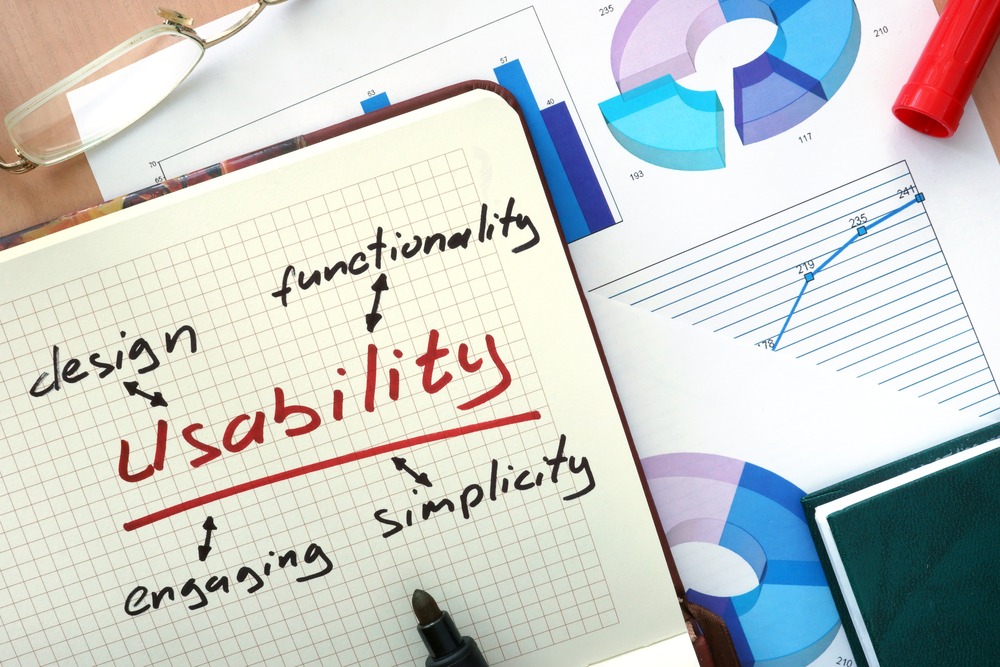
6 Ways To Make Your Website More Accessible
Creating a website is more than just about having it online. It’s easy enough to get yourself a site with your business’s name on it, but the real job is to get it to perform and produce the results it’s made to have.
Every action your visitors will do is likely going to affect your site, depending on how discoverable and usable your platform is to its users. To optimize your site, it should cease just being about putting together content but more on curating it in strategic ways guided by your target market’s needs.
What Is Web Accessibility
Your site should be able to cater to everyone who might potentially visit it. As a business owner or website developer, your job is to know as intimately as possible the composition of your target market, so you can design it to cater to them.
Web accessibility refers to the ability of your site to cater to visitors who might have capability issues. Your site should be designed to be accessible to the most challenged users, either physically or in terms of the means through which they’re reaching your site.
There are different standards used to measure a site’s accessibility. But in general, a user-friendly website won’t fail to address challenges people with the following might face:
- Visual challenges that limit a person’s capability to perceive color contrasts
- Hearing challenges
- Motor skills, whereby a user might not be able to move certain parts of the body, which can limit their ability to be precise when using a mouse
- Photosensitivity seizures can be triggered by the flashing of lights
- Cognitive impairments where a person’s ability to process information might be limited due to conditions such as dyslexia and dementia
Increasing Web Accessibility
In response to challenges like these, you might have to use assistive software and technologies to increase your website’s accessibility. Measures you may take include:
Take Care Of Your Site’s Keyboard Friendliness
This is probably the first step you should make sure of. To increase the number of people that’ll access your website easily, you’ll have to ensure the site can work well without the need for a mouse. A keyboard should be all it needs for all navigation.
To test how keyboard-friendly your site is, check how many pages you’ll be able to access by simply pressing the Tab key. If you can’t access all content and pages, then it might be time to make some adjustments.
Ensure All Your Content Is Well-Defined
Now that you’re sure all content and all pages are easily navigable, it’s time to think about your content page by page.
If your pages contain dynamic content that might change from time to time, then you have to put in place measures to make sure it’s as accessible as you intended it to be. The most common challenge such content faces is most screen readers won’t be able to read any content if it changes after it’s already loaded. This might result in your visitor’s screen missing new content you intended them to see.
To fix this, you might use Accessible Rich Internet Applications (ARIA) landmarks. These will help you with your in-page content definition. Tagging your dynamic content under ‘live region’ will enable visitors to read your content even when it changes.

Make Sure All Images Have Alt Text
The alt text is the text you add to go together with your image. In case the graphics fail to load while a visitor is on your page, this text will appear and will describe the image for you. Screen readers can also access this text to read the picture, offering context to the visuals.
In addition, your alt text can also add to your search engine optimization (SEO) efforts because this will also provide search engines with added information to work with, increasing your chances of being found on the internet.
Be Mindful of Your Color Choices
Color blindness is real enough to warrant your attention as you create your site. Because people’s capabilities to perceive colors differ, you should make sure your choices contrast well to make sure your text is readable and all elements on your page are distinguishable.
As a general rule, you might want to set dark colors against light ones to make sure your text is reader-friendly. If you’re not sure, you can search online for contrast checking tools to be in the right direction.
Maintain Your Content Structure By Using Headers
Making sure your content uses the correct headers not only improves the way your readers interact with your content by improving flow but also improves the ability of screen readers to interpret your content and pages.
For example, it’s a good practice to use only one H1 per page then work yourself down (H2, H3, H4, and so on). This is preferable to just skipping from H1 straight to H4 as this might mess up how your visitor reads and interprets your content.
Optimize Your Form Designs
Forms can be useful to any site, but their designs must be as user-friendly as possible. Each field is supposed to be marked and labeled to ensure even users can match the labels to the fields they belong to.
Your website design needs to be aware most browsers and devices allow their users to adjust the size of their text. If your design doesn’t support such, it’ll break the placements of the elements, making it difficult to interact with your site.
Try to avoid using absolute units. Instead, opt for relative sizes that can adjust according to the screen size.
Conclusion
You created your site to interact with as many as possible on the internet, so it should have the capacity to do so. The more people can navigate and use your site, the better chances of conversions for your business, so your website’s accessibility shouldn’t be an afterthought.
Understand all the areas your site still falls short then make efforts to address them, and you’ll love the long-term results.



Sorry, the comment form is closed at this time.